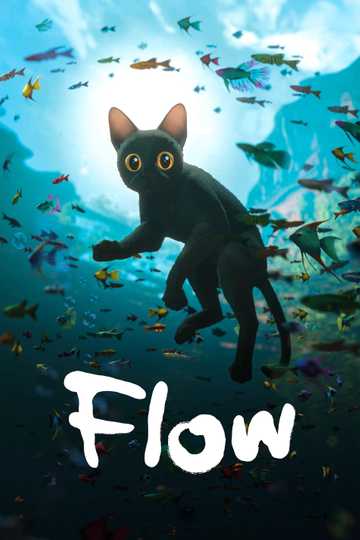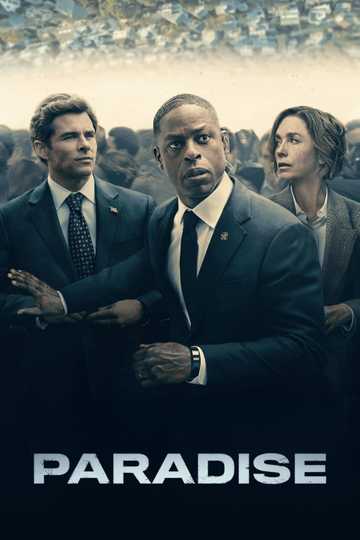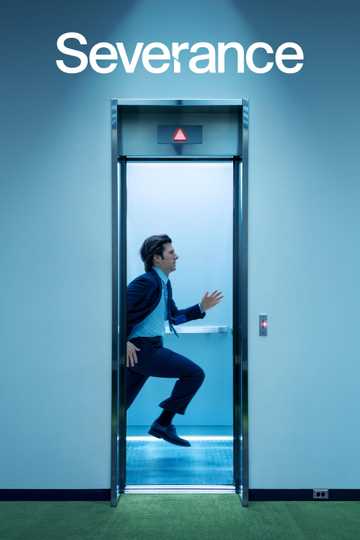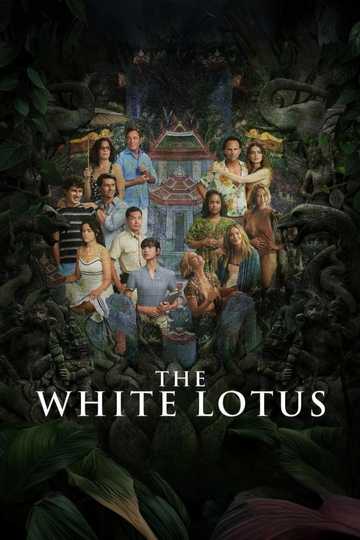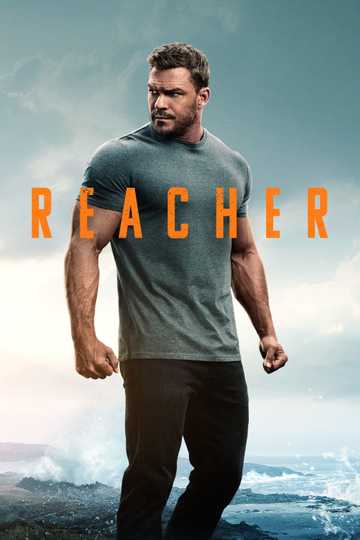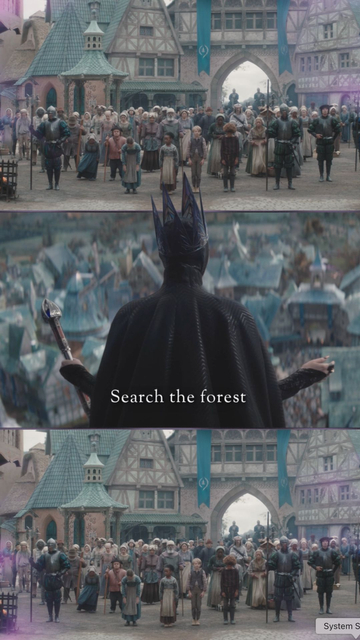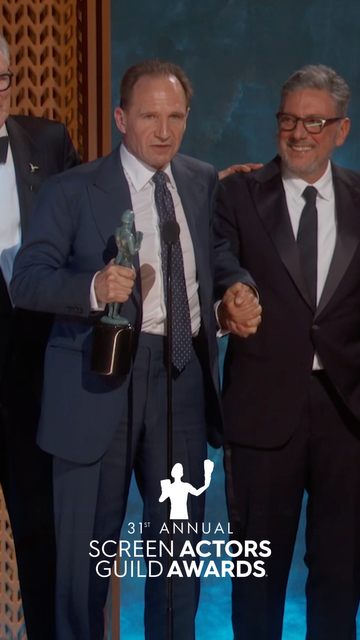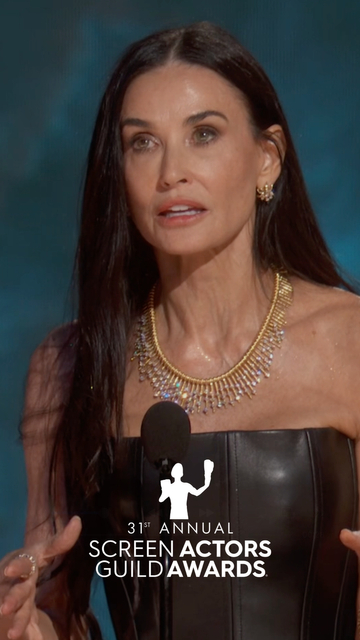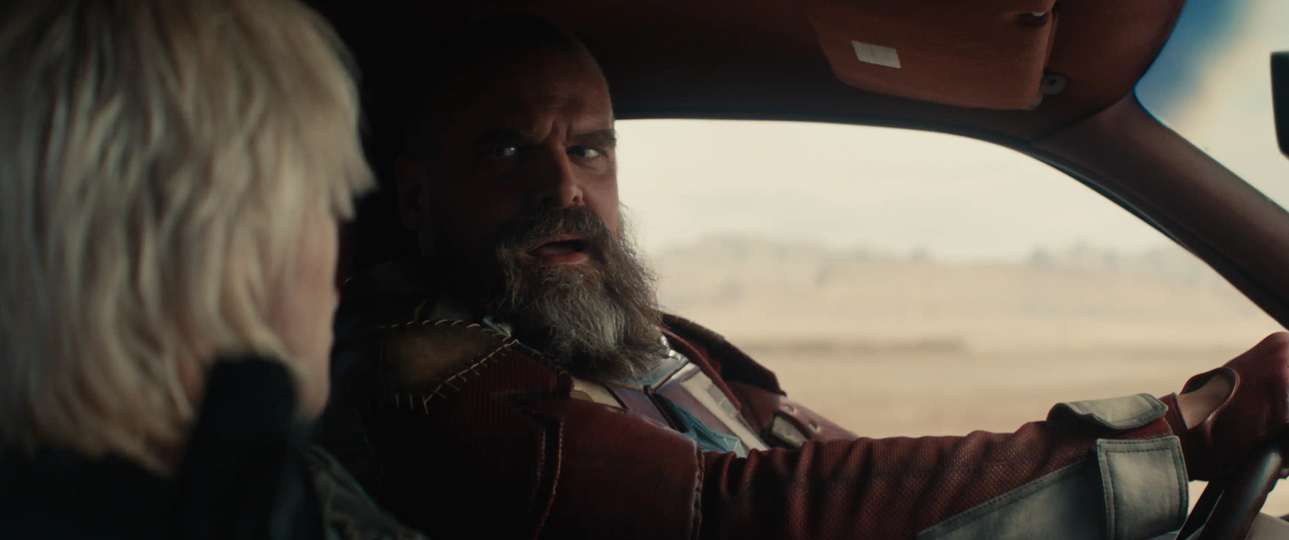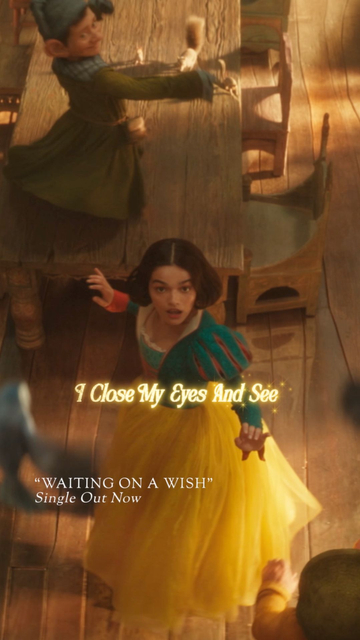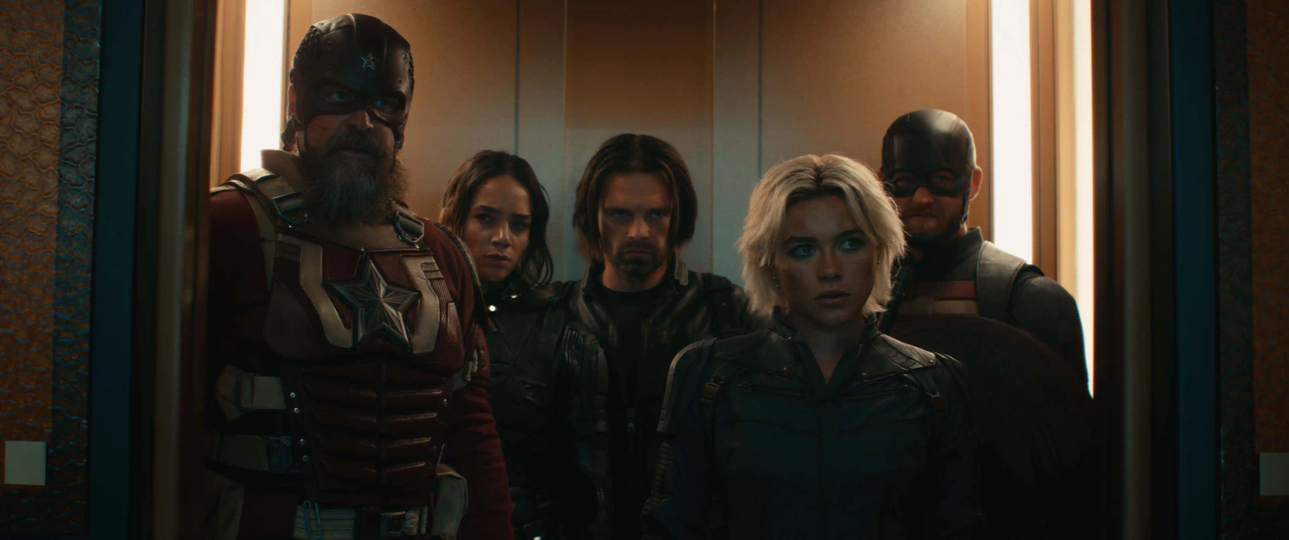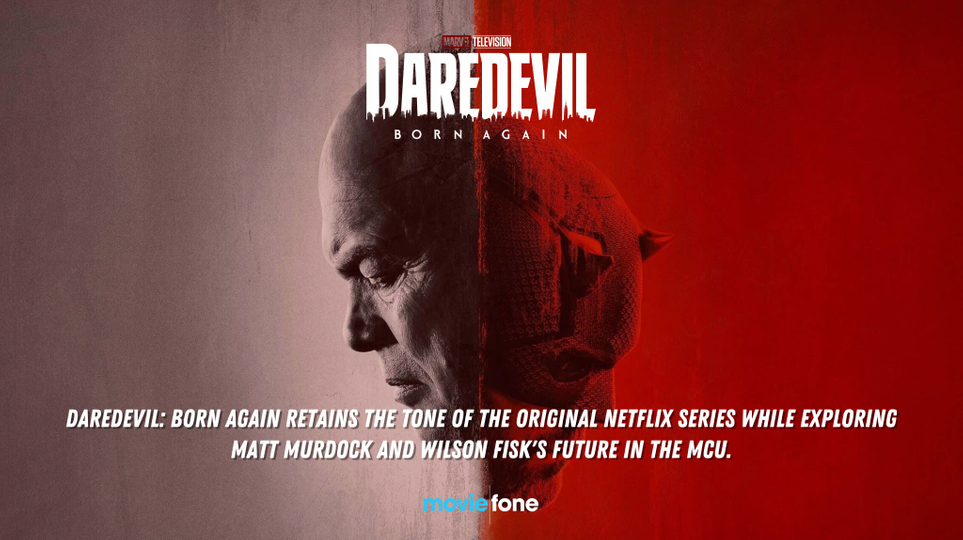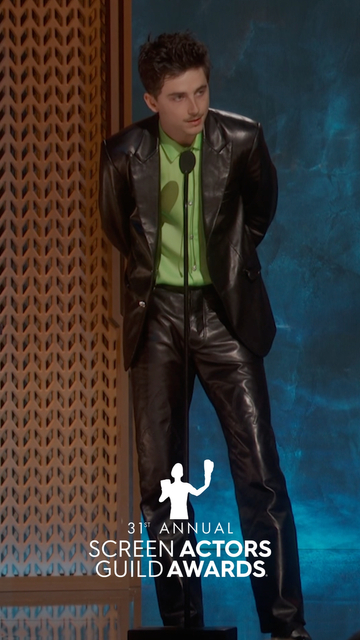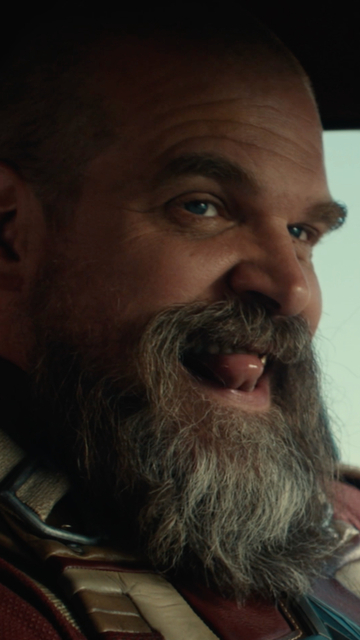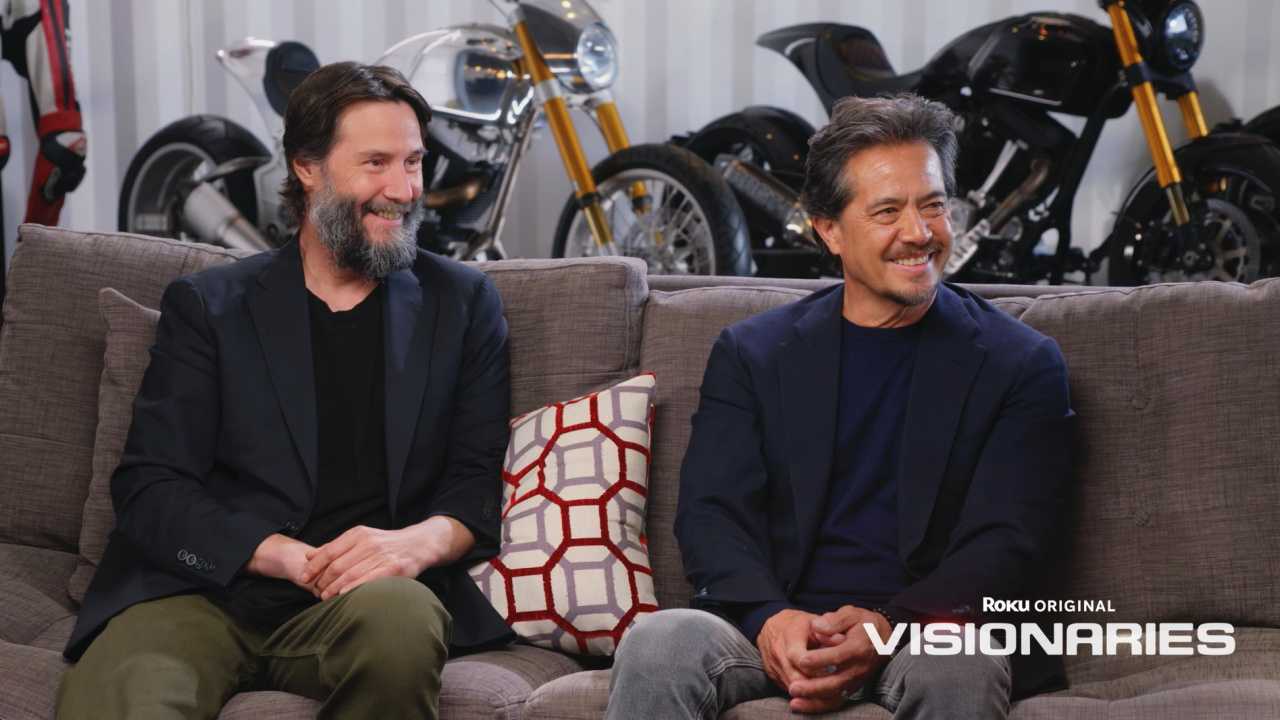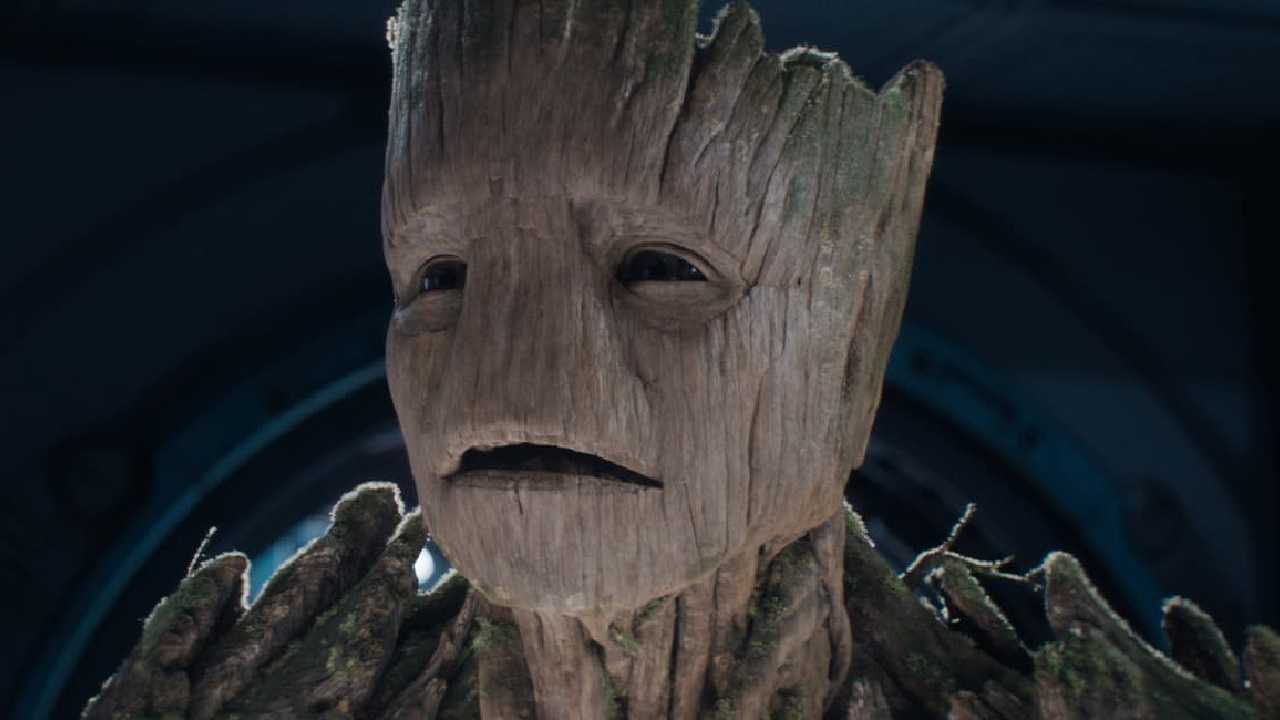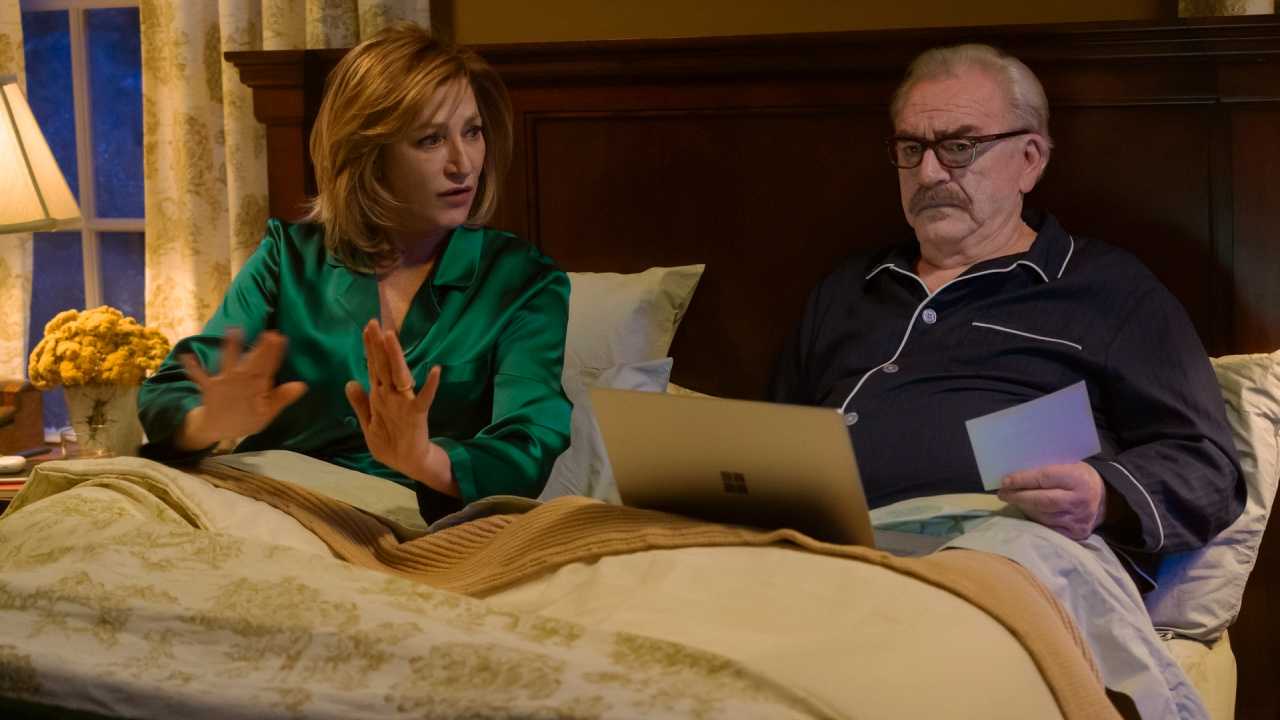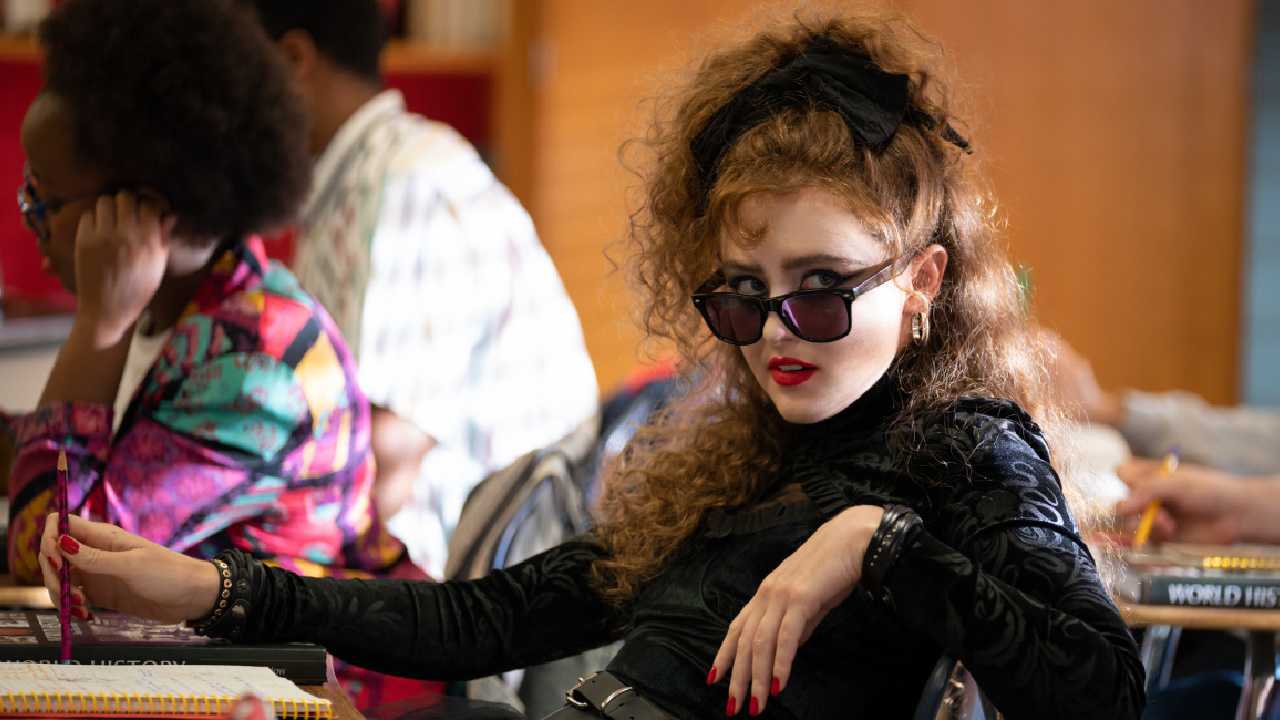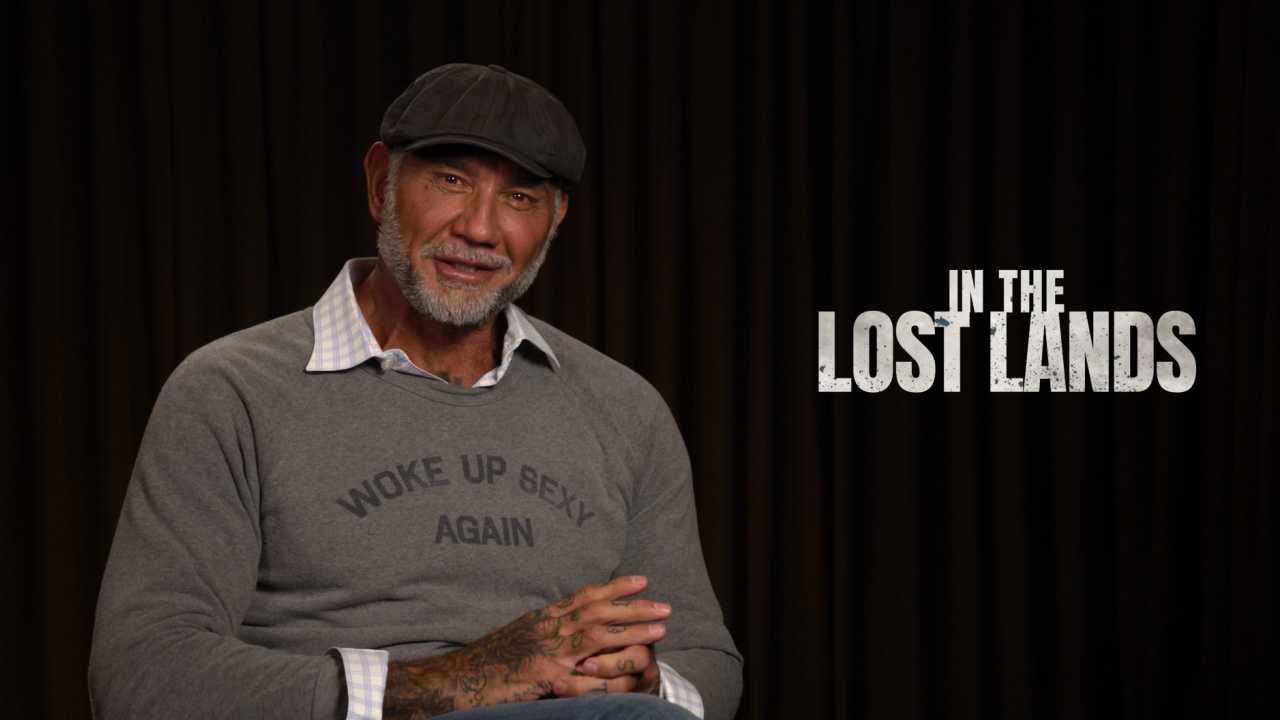The 'Jaws' Movie That Never Was: Everything We Know About 'Jaws 3, People 0'
35 years ago, “Jaws 3-D” exploded onto movie screens nationwide. Part of a trend of low rent horror movies getting goosed up with added dimensionality (along with “Friday the 13th Part III,” “Amityville 3D,” and early Demi Moore vehicle “Parasite”), “Jaws 3D” is … fairly forgettable, despite a marketing campaign that excitingly promised that, “This time, the terror of ‘Jaws’ won’t stop at the edge of the screen.”
It shoehorns existing “Jaws” mythology into a a conventional monster movie screenplay, this one about a giant shark terrorizing folks at SeaWorld Orlando. (Yes, a literal SeaWorld. And this was decades before we rightly declared them to be evil.) Somewhat shockingly, there are some heavy hitters behind the scenes, most notably Richard Matheson, the genius genre writer who penned “Duel,” a TV movie that got Steven Spielberg the job to direct the first “Jaws.” (Carl Gottlieb, one of the writers of the original movie, also returned.) Still, when the dust settled, “Jaws 3D” was a dud. Try watching it at home and the way that the shark, now robbed of all its stereoscopic oomph, lurches towards the camera. Lame!
But it wasn’t always like this. For a while, at least, Universal had a much more ambitious, much goofier plan for the third “Jaws” sequel that became, in the years since, a legendary case of what-could-have-been.
This is the story of “Jaws 3, People 0.”
In 1978, two films were released by Universal: one was “Animal House,” a brilliant, slapstick comedy that successfully transplanted the humor of National Lampoon magazine to the big screen. It was a huge hit. The other film was “Jaws 2,” a creatively inert cash-in that, while making money, was nowhere near the blockbuster the original film was.
Two years later, “Airplane” became a smash, making nearly $84 million on a $3 million budget. “Jaws” producers Richard Zanuck and David Brown had an inspired idea: what if the third film was a low budget comedy?
Brown and Zanuck tasked Matty Simmons, the National Lampoon publisher and producer of “Animal House,” with putting together the movie, which he pitched as being about the production of a “Jaws” sequel (in this one the shark is an alien!) while the director and crew are mercilessly hunted by a vengeful Great White. (Supposedly Brown and Zanuck loved the concept.) Supposedly, Simmons was protective of the National Lampoon brand and was more interested in developing an “Animal House” sequel, set during the summer of love. (That project was ultimately derailed after the failure of the thematically similar “More American Graffiti” and the untimely death of John Belushi.) Ultimately, Simmons agreed to take on the project, and would later say that it helped him learn about the way that Hollywood functions … or lack thereof.
After he got the go-ahead, Simmons then turned to John Hughes, a star Lampoon writer who would go on to become one of the defining filmmakers of the decade, who penned a screenplay with another Lampoon writer, Tod Campbell. Together, they concocted a script full of both lowbrow and highbrow comedy, at times savagely insightful and oftentimes downright insipid. (The script, completed in 1979, opens with Peter Benchley, the novelist who penned “Jaws,” getting eaten in his swimming pool.)
And for a director, the team made an even more impressive get -- a young Joe Dante.
Dante, now known for a string of high concept comedies, was then just starting out. In 1978, the same year that “Jaws 2” and “Animal House” were released, Dante directed “Piranha,” a low-budget “Jaws” rip-off produced by grindhouse titan Roger Corman (it was released through Corman’s New World Pictures). While an admitted Xerox, “Piranha” was also incredibly witty and delivered real scares, thanks largely to Dante’s direction and a script by future American indie pioneer John Sayles. It was reportedly Spielberg’s favorite rip-off and he enjoyed the fact that a character can be seen playing the “Jaws” videogame early in the film.
They had even assembled a cast for the film, which included Bo Derek (in a role that would mostly require her to bounce around while wearing a skimpy bathing suit), “Animal House” alum Stephen Furst, Mariette Hartley as a network exec, and in, the main role, Roger Bumpass, now best known for his voice work on “SpongeBob SquarePants” (he’s Squidward). Everything had solidified … or so it seemed.
While a few million dollars had already been sunk into pre-production and securing deals, Hughes recalled walking into the National Lampoon offices to find Simmons fuming, having just gotten off the phone with Universal, who told him that the movie was off. Simmons blamed Spielberg’s reluctance to move forward with such a tonally disparate sequel, although it was Spielberg who singled out Dante for the job and encouraged the more comedic direction.
According to a Spokane, Washington Sun article from 1979, Ned Tanen, the President of Universal, is quoted as saying, "The script didn't work." Simmons also weighed in: "It's very difficult for a humorist to do business with a studio sitting in judgment about what is not funny, especially when they're [the studio] not humorists." The article notes that if there is a sequel, it "won't be a parody."
Years after “Jaws 3, People 0” fell apart, in the special features for the “Jaws 2” special edition DVD, Brown said that making such a broad satire would have been like "fouling in your own nest.” Still, he concluded, “It would have been golden, maybe even platinum.”
Hindsight is 20/20, even when you're looking back while getting chased by a giant shark.




